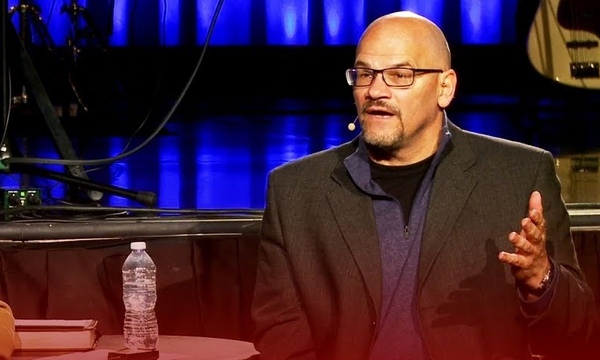According to reports released today by The Education Trust, college graduation rates nationwide are far too low, particularly among students of color — a fast-growing demographic in America. However, Biola is listed as one of 25 private universities that have made the biggest strides in the past six years helping close the gap between graduation rates of Hispanic students and white students.
“Colleges must do more to ensure success for all students, particularly the growing number of black and Latino students in our country,” said José Cruz, vice president for higher education policy and practice at The Education Trust., in a statement released Sept. 20.
Biola is listed as a college that is producing better results by improving graduation rates and narrowing the graduation-rate gap on campus in the report, “Advancing to Completion: Increasing degree attainment by improving graduation rates and closing gaps for Hispanic students.”
Between 2004 and 2010, the gap between the graduation rates of Hispanic students and white students at Biola narrowed by 5.9 percent — with both groups improving in the percentage of students who graduated within six years or less. Meanwhile, Biola continued to outperform the nationwide average for Hispanic graduation rates. In 2010, Biola had a 61.9 percent graduation rate among Hispanic students, compared with the national average of 53.1 percent.
The university’s success in “bridging the gap” can be credited in part to its consistent outreach efforts to multi-ethnic communities, said Doretha O’Quinn, Biola’s vice provost of multi-ethnic and cross-cultural engagement.
“The Hispanic student population, in particular, continues to grow in numbers, as well as remain valuable contributors to the leadership of the Biola student community,” O’Quinn said. “There are multiple avenues that foster development, knowledge and appreciation for the Hispanic community on campus.”
Among these opportunities are the Biola Ethnic Advancement Team (BEAT); internships with Multi-Ethnic Programs & Development (MEPD) and admissions; participation in MEPD events; the Unidos student club (which hosts events and festivities for Latino Heritage Month); Biola Gospel Choir; Hispanic student mentors; and Spanish chapels through Biola’s Modern Language Department, O'Quinn said.
Institutional efforts have an impact on increasing graduation rates, the report notes.
“The lessons are clear: What institutions of higher education do — and don’t do — for students directly and powerfully impacts student success,” said Cruz. “The schools we’ve identified provide vivid sign posts on the road to boosting graduation rates at colleges and universities across the country.”
This month, Unidos kicked off Latino Heritage Month festivities with Cocina Latina, a potluck dinner where students shared cultural food and stories. The celebrations began on Sept. 15 and will continue through Oct. 15. Unidos president senior Erika Sanchez hopes this year will provide more fellowship opportunities for Latino and non-Latino students and she plans to keep this as a goal to foster growth throughout the year.
For more information, contact Jenna Bartlo, Media Relations Coordinator at jenna.l.bartlo@biola.edu or 562.777.4061.
 Biola University
Biola University


_(1).jpg)